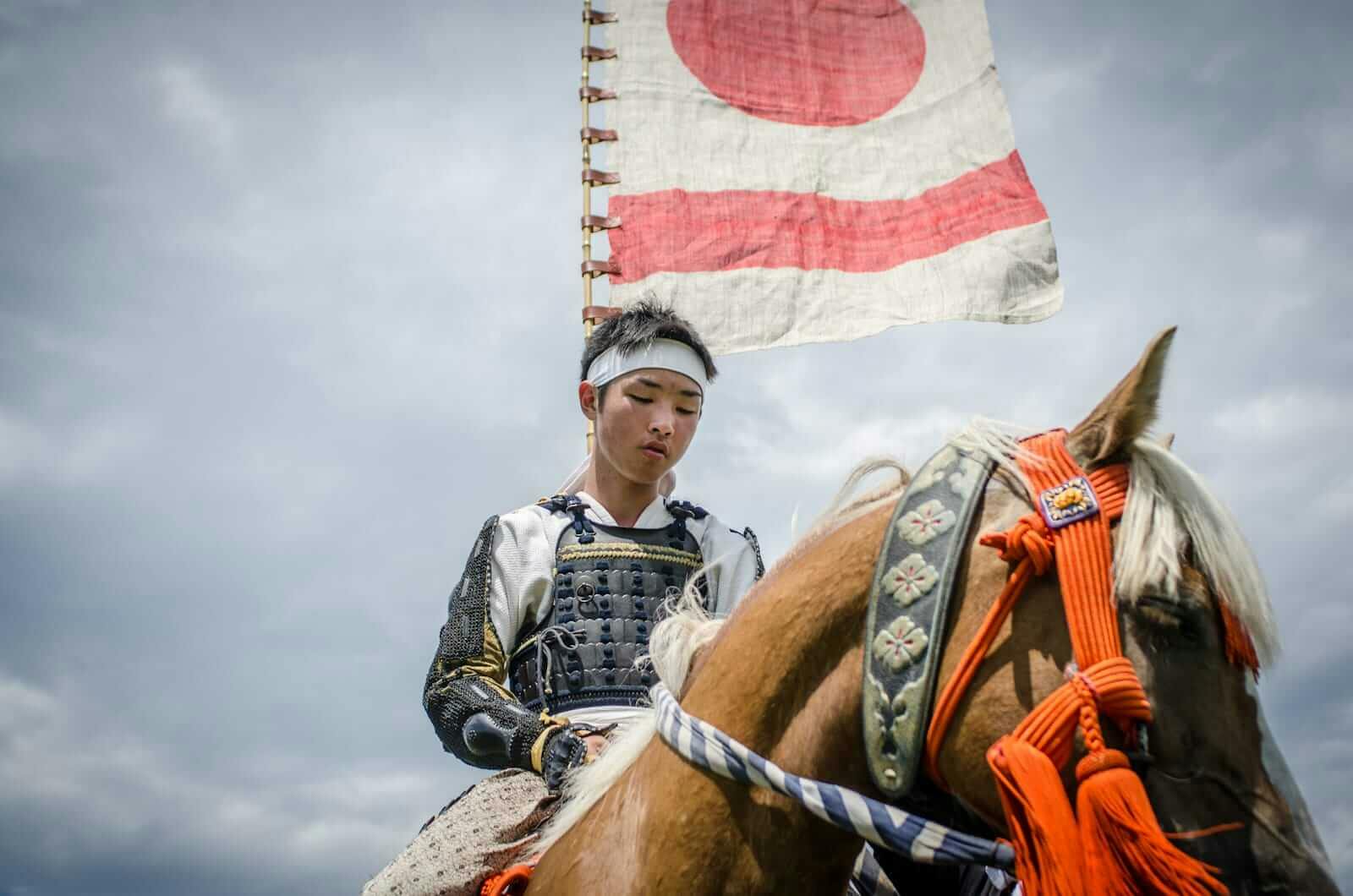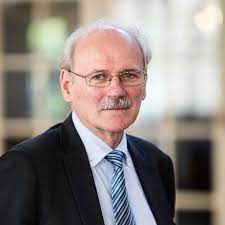At first glance, this photo of a rider in samurai costume astride his horse reminded me of Akira Kurosawa’s epic movies. Then I was drawn to the horseman’s boyish face. It’s hard to tell if he’s a teenager or already a young man. His messy hair, which stands out against the banner, suggests he has just exerted himself. He looks down, lost in thought, and you can’t help but wonder what’s on his mind.
Taken by Thom Davies during the resumption of the Soma Nomaoi festival after the “triple disaster” in Fukushima, this photo from his “Nuclear Samurai” series challenges us to think about how the young people of Fukushima—torn as they are between pride in their historical greatness and the various prohibitions imposed on them by the persistent presence of radioactivity—envisage their future.
Perhaps the boy is pondering the Prefecture’s past glory, under the reign of the daimyo and shogun, when samurai from Aizu’s region were often mobilised to secure the north of the country. Or perhaps he ponders the lives of those young men who fought in vain during the Boshin War, marking the advent of the Meiji era and the modernisation of Japan.
The nuclear accident and its consequences have affected the collective memory of the nation. Many turn to the country’s history to give meaning to this event. Not only the Lucky Dragon incident, and the bombardments of Hiroshima and Nagasaki, but also the defeat of Aizu during the Boshin war, have been persistently evoked by the affected people in discussions of this recent disaster. “This is the second time that we have lost the war against the central authority,” a farmer from Fukushima once told me, referring to the nuclear accident.
In the aftermath of the disaster, radiation invaded people’s everyday lives. The lack of meaningful information and knowledge on how to behave in the face of nuclear contamination, combined with conflicting information about the effects of radiation on health, and the controversial actions of the government, led to great confusion among local populations. This has resulted in the loss of shared values among people in the affected lands, leading to the fragmentation of families and communities.
Despite this profound disturbance of family and social ties, the ancestral values underpinning the cultural life of Fukushima are still present. They sustain the link between those who decided to return and those who left the prefecture.
Tradition and culture are in all dimensions of the people’s lives, from daily activities of eating and working to local festivals, which the community has preserved for centuries. Sharing the values of this cultural heritage has played a key role in the recovery process. It has been a bulwark against the creeping disintegration of society caused by the presence of radioactivity. And it continues to be a source of inspiration and creativity for building the future of Fukushima.

